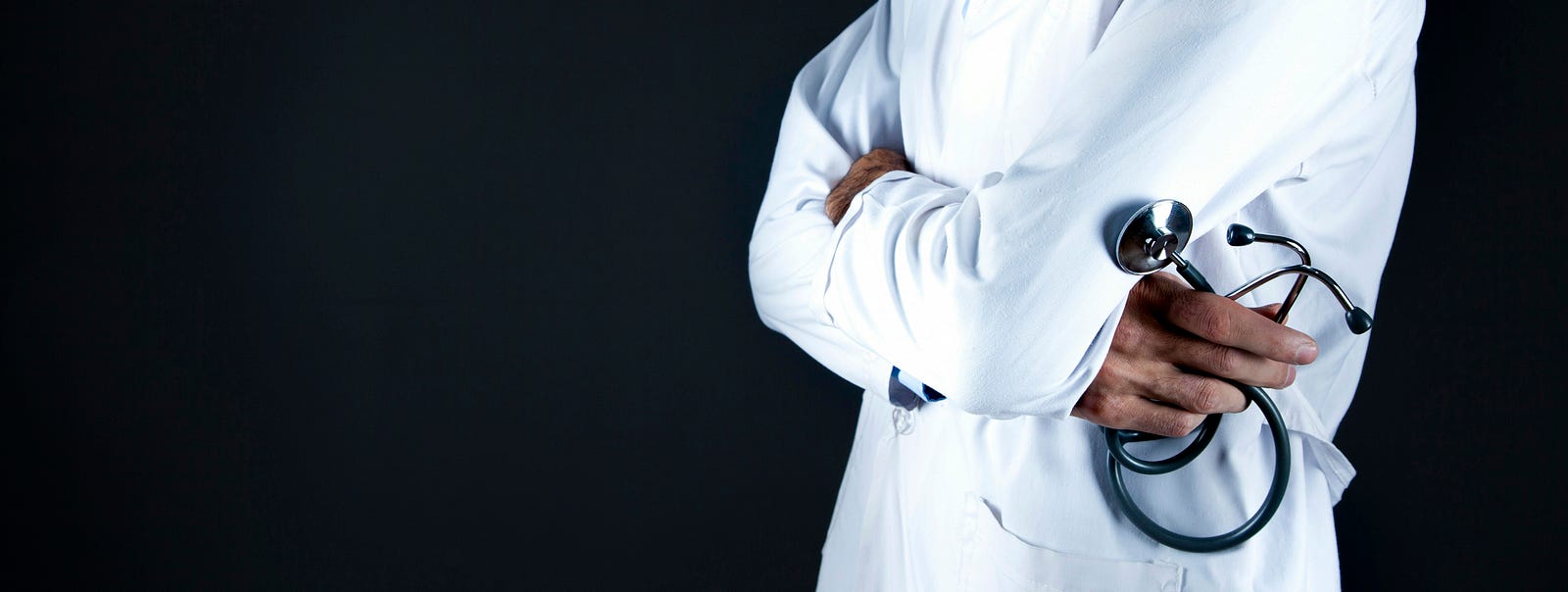Have you ever reached for a massage to melt a nagging muscle knot? I certainly have, especially as I ramp up my weightlifting routine. Massage Guns: Friend or foe?
While these percussive therapy devices seem like a magic bullet for muscle woes, a hidden danger lurks — stroke risk, especially when used on the neck.
In this article, we’ll explore the surprising double-edged sword of massage guns: friend for relaxation and pain relief, foe for the unwary neck.

We’ll also discuss safety tips to ensure your massage gun remains a true friend and not a potential enemy of your health.
What Are Massage Guns?
Massage guns are handheld devices that look like a mini jackhammer.
They use vibrating attachments to massage your muscles, helping them relax and recover.
These tools are becoming increasingly popular because they’re versatile and can be used before workouts to warm up, after workouts for recovery, or even as part of a physical therapy routine.
A Fascinating History
The ancient Greeks used percussive or vibration therapy for therapeutic benefits.
Back then, to hasten injury recovery, healers employed a fascinating technique:
They wrapped a flexible saw around the injured body part to transmit mechanical vibrations and improve the health of compromised individuals.
This historical practice serves as an early ancestor of the modern massage gun.
Potential Benefits of Massage Guns
I occasionally use a massage gun, given several potential upsides:
- Muscle soreness relief: Massage guns can help reduce my muscle soreness, especially after exercise.
- Improved circulation: The percussive action may increase blood and lymphatic flow to the targeted area, aiding recovery.
- Increased flexibility and range of motion: Massage guns improve my flexibility by loosening tight muscles.
I could find no high-level evidence that massage guns improve athletic performance.
Massage Guns, Performance, and Recovery
Let me give you a breakdown of the research on massage guns. The practice has benefits, including:
- Improving flexibility in your hips, hamstrings, calves, and back muscles.
- Reducing stiffness and improving range of motion after exercise.
- Recovery overall — they’re a cost-effective tool for feeling better after a tough workout.
But Massage Guns Are Not A Panacea
Massage guns don’t provide benefits for strength training or other outcomes. I don’t depend on them for the following:
- Strength training, balance, or activities that require quick bursts of power or speed. A systematic review suggests they might not help or even hinder your performance.
- Reducing muscle lactic acid — there’s no evidence they affect things like muscle fatigue or lactic acid build-up.
The bottom line? Massage guns are great for keeping your muscles loose and helping you recover after exercise, but they’re not a magic bullet for boosting athletic performance.
Let’s turn to some potential downsides of massage gun use.

Massage Guns: Contraindications
While massage guns are generally safe, there are some contraindications to using one.
Hold off using one under these conditions:
- If you have fresh cuts, scrapes, sunburns, rashes, bruises, or infections, the massage gun could irritate them further and even worsen them.
- You recently broke a bone or have weak bones (osteoporosis). The pressure from the gun might disrupt healing or even cause a new fracture.
- You have blood clots or clotting problems. The massage gun could dislodge a clot, leading to serious health issues.
- You have diabetes or nerve pain. You might not feel pain from the massage gun if you are numb, which could lead to further injury.
- You’re considering using it on your face, eyes, ears, head, neck, chest, spine, or near any nerves or blood vessels. This type of use could cause some serious pain or injury.
- You plan on going hard on one spot for a long time (more than 30 minutes). This approach can damage your muscles or blood vessels and might even lead to internal bleeding.

More Reasons to Generally Avoid A Massage Gun
In general, you should avoid massage gun use if you:
- Have fibromyalgia or migraines
- Have a hernia
- Have uncontrolled high blood pressure
- Have epilepsy
- Have cancer or a tumor
- Have seizures
- Have any implanted medical devices (like a pacemaker)
If you have any concerns about using a massage gun, it’s always best to check with your doctor or other healthcare provider first.
Massage Guns: Friend or Foe? More Potential Perils
While massage guns can be great for sore muscles, using them incorrectly can have nasty side effects. Here’s what to watch out for:
- Thrashing Your Arteries and Veins: Overdoing it on your neck or using the gun on areas with prominent blood vessels could damage them. In rare cases, this has rarely led to strokes. Stick to massaging larger muscle groups and avoid these sensitive areas altogether.

- Muscle Mayhem: Going overboard with the massage gun can damage your muscles, leading to rhabdomyolysis. “Rhabdo” occurs when damaged muscle fibers leak their contents into the bloodstream. The kidneys are then responsible for filtering out these muscle breakdown products. In severe cases, rhabdo can overwhelm the kidneys and lead to kidney failure, a condition where the kidneys can’t effectively remove waste products from the blood.
Device overuse can even harm your kidneys. Follow recommended usage guidelines and listen to your body.
- Eye Issues: Massage guns should not be used on the face. They can damage the eyes.
- Lung Lining Woes: Believe it or not, using a massage gun on your chest can injure the pleura, the membrane surrounding your lungs.
Remember: When in doubt, leave it out! If you’re unsure about using the massage gun in a particular area, it’s always best to err on the side of caution.
My Final Thoughts – Massage Guns: Friend or Foe?
In conclusion, massage guns can be a valuable tool for muscle recovery and pain relief, but like any tool, they require proper use for safety and effectiveness.
While they may not be a magic bullet for athletic performance, they can improve flexibility and range of motion.
Remember, when it comes to massage guns, respect goes a long way — respect for your body’s limitations and respect for the sensitive areas best left un-gunned.

If you have any pre-existing medical conditions or concerns, always consult your doctor before using a massage gun.
By following safety guidelines and using them appropriately, massage guns can be a helpful addition to your self-care routine.
I find them helpful after a tough resistance training session.
Thank you for reading “Massage Guns: Friend or Foe?”




